
Produced in the United States from 1964 to 1967, the Polaroid Land Camera 101 Automatic is the heir of the famous 100, the first Polaroid that uses the 100 series films. Compared to its predecessor, the 101 loses two settings for the ISO (150 and 300), but inherits the metal body (from 104’s in plastic) and rangefinder focusing. The result is a strong, precise and reliable camera.

TECHNICAL CHARACTERISTICS
Name: Polaroid Land Camera Automatic 101
Manufacturing place and year: U.S.A., 1964-1967 (it is not possible to define the exact year of manufacturing)
Focusing: manual, with rangefinder, 3 quick positions
Viewfinder: retractable, focusing with parallax correction and rangefinder (separated)
Lens: 114 mm, 3 glass elements, f8.8-42
Light meter: “electric eye” on the front panel next to the lens
Exposure: automatic with shutter priority
Sensitivity: 75/3000 ISO
Shutter: lamellar electrically controlled
Times: 1/1200-10″
Flash: synchronized (M-sync and X-sync) with PC connection, external flash (Flashgun # 268) with M-3 bulbs
Films: Polaroid series 100 (Fuji FP100C/3000B), 8 (10) poses, 73x95mm
Power supply: 1 battery Eveready # 531 4.5 V, then modified with 3xAAA batteries
Dimensions (LxWxH): 19,2 x 6,9/15,6 x 11,7/14,6 cm
Weight: 1.179 g
Other features: metal body, nylon shoulder strap, tripod socket 1/4″ screw, came with Polaroid Cold Clip #193 to develop films with low outdoor temperatures.

HOW I GOT IT
I first saw this type of Polaroid in an episode of Scrubs in which a character (Ben Sullivan) went around the hospital to take pictures at patients and doctors with his Land Camera and my curiosity regarding this technology grew. It was an Automatic 450.
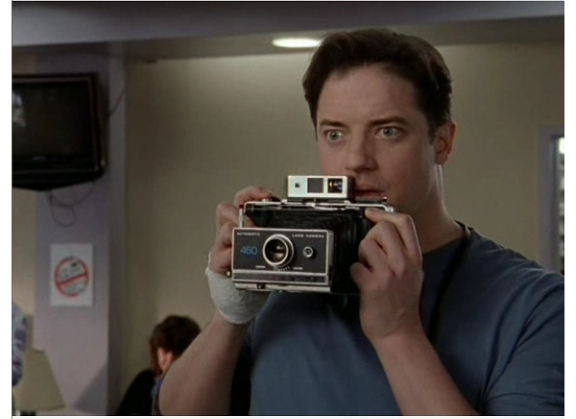
In the summer of 2012, turning in a flea market, I found a similar of that: an Automatic 101. It stood well: lenses clean and free from scratches or mold, manual in Italian pristine, original flash including (very nice although pretty much unusable), a very great and just a small dent that I was compromising the operation.
A job needed to be done after purchasing this type of camera is change the power source. Originally there were used batteries now hard to find and very expensive, it’s therefore necessary to mod that (which I’ll talk about later) that all owners of Land Camera are forced to make and that I find more sense than buying a compatible batteries.
Fortunately the films are compatible with these types of models are still on the market and you can find online without particular difficulty. These are the Fuji FP-100 that can be both glossy or opaque, Silk. Personally I prefer the normal ones because, being bright, they shows more faithful colors and sharper shots, while the Silk will lose resolution and it seems that the subjects are blurred.
Until a few years ago were also available the Fuji FP-3000B, the 3000 ISO black and white version, but were dismissed because sales weren’t enough. I tried them and I honestly did’t find very attractive.
After the first “box” of films I fell in love with this camera. The results are as follow:
PROS
The 101 is a camera that takes great shots. The photos are well detailed and colors are great. It’s not too uncomfortable to carry around despite it isn’t a lightweight. The front cover protects the camera very well from collisions and when it’s closed it gives the sensation of great strength.

The design is pretty original and impressive. Printed and etched details are all very rational and suggest a general ease of use: for taking a pictures there are three numbered steps to follow printed on each component to use.

Very interesting is the ability to take multiple exposures: just reload the shutter (lever 3) and shoot.
Maintenance is also very simple: spending most of the time collapsed in its cover, the dust isn’t too annoying. Just a light clen every few time is needed. In some cases the camera bellows will slightly unstuck, but just some glue and you’re done.
The only think to care about is the correct cleaning of reagent residues from the rolls. According to the Manual:
“Inspect the rollers before loading the machine[…] scrape loose any dried chemicals with a matchstick or thin, stiff cardboard (never anything metal).”
CONS
Although at sunlight the photos are awesome, its biggest limitation is the lack of light: at dusk or in areas with low light condision taking pictures becomes much more troubling. Shutter speeds are getting longer and you’ll need a tripod or find a support base. Moreover if you take pictures at subjects you have to use the flash, a brigh room may not be enough.
Another problem are the films which are not so cheap and today are increasingly difficult to find, but personally I’ve always been surprised to the very high quality and an equally high color fidelity, not to mention that with this type of film you’ll have the negatives that once cleaned1 and scanned they give back unique effects. It must be said also that the films now available have a sensitivity of 100 ISO while the Polaroid has a fixed 75 ISO setting: you’ll need to adjust the exposure with the “lighten-darken” control ring.
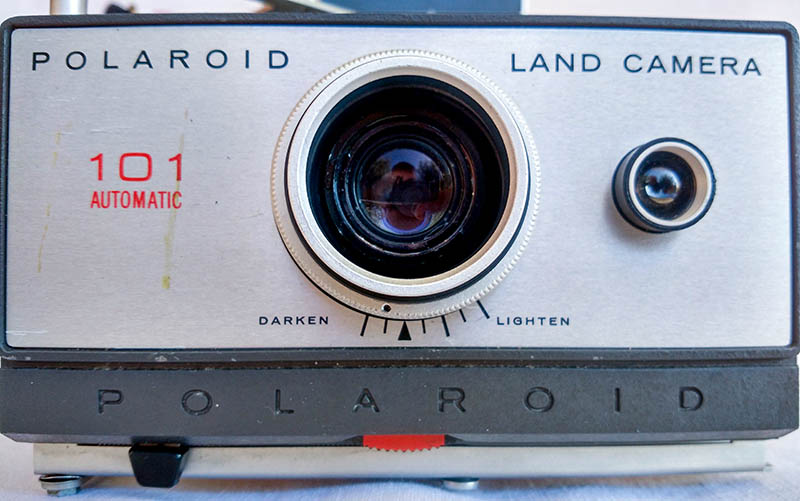
MODIFICATIONS
The modifications that I suggest are fundamental for the minimum functioning of these instruments are that concerning power supply and the flash. The first is simply about to fit new batteries in the battery compartment. Since my Polaroid needs a 4.5V battery I put an adapter with 3 AAA batteries2. Simple and economical operation with highly effective results.
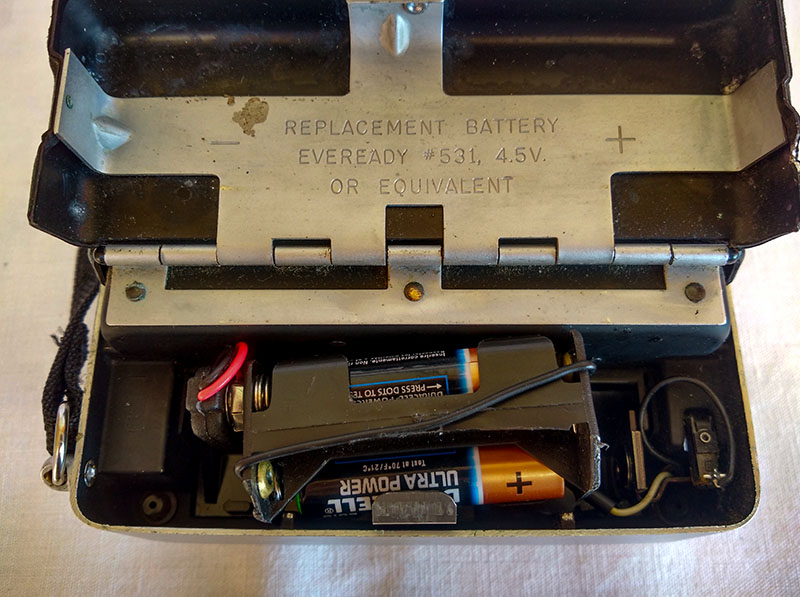
Modification of the flash is just as easy to make: with the original flash, simply unscrew the base that holds it to the camera body (there is the inscription “Attach Flash Here”) and mount a tripod screw on which should be placed a hot-shoe adapter with PC socket. With a cost of approximately 10€ you can now adapt any flash.

Alternatively you can always use the original flash but you must reckon with the fact that you have to change the bulbs (mod. M3) after every flash. They are not easy to find and, besides being very little “eco-friendly”, are very expensive and not worth the expense since you will be forced to replace them every time.

CONCLUSIONS
The Polaroid 101 is an excellent camera, versatile and fun to use. Despite the years it still works perfectly and beyond comparison with modern snapshots. If you happen to find one at a flea market I suggest you buy it and use it without fear that you could wear out. Prices are very variable and it depends on the Land Camera model you purchase (more than 90 models use the Polaroid Series 100).
SUMMARY
PROS
- Well built
- Unique design
- Easy to use
CONS
- Hard to taking pictures with low light conditions
- Films availability
- Power source needs to be modify
NOTES
1. Fuji film cleaning is to remove the black layer and is a easy to run operation. You have to equip: a transparent surface (glass or plexiglass), duct tape, bleach, cotton wool or cotton swab. The negative must be set on the glass with the black side facing up and securely attached on 4 sides with the tape. Pouring and distributes the bleach as well to dissolve the black layer. After few minutes you can remove with cotton wool the dissolved black layer. Turning the glass you can determine whether all the layer has been dissolved and remove the residues of bleach with water. Once dry, the negatives can be scanned. For a deeper explanation, I refer you to this guide. ⇑
2. Other Land Cameras need 3.0V then it takes 2 AAA batteries. ⇑





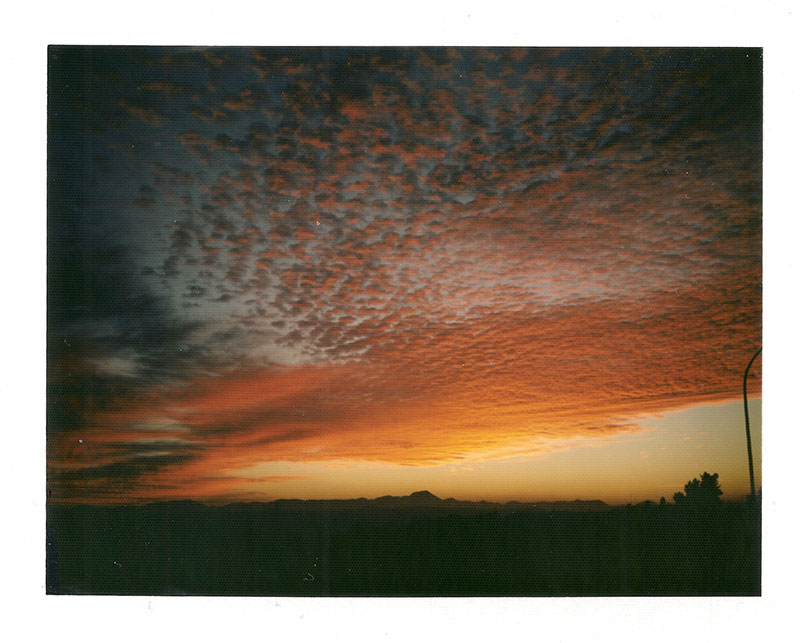



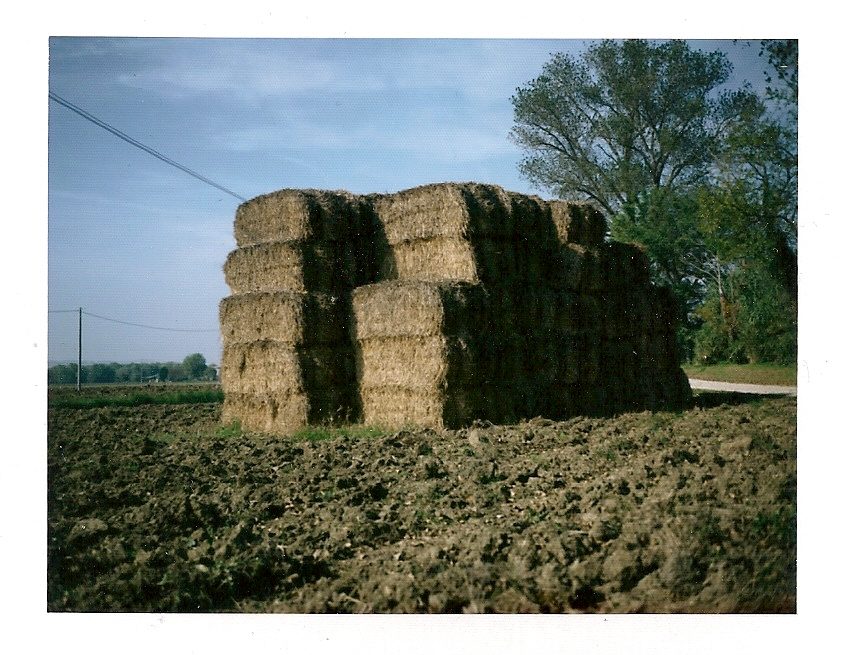




Does anyone know how to collapse this camera? I can’t figure it out.
Hi Tim,
in the upper part there’s a sign that says “PRESS TO CLOSE”. Just push it and the lens in the same time to collapse the camera. As final step, flip the viewfinder
Sorry, mine is the cold clip #193. Also, what in the name of gypsy tonic is a 4.5 volt battery that it requires?
Originally they used an “everready” battery.
Lately I saw that on Amazon you can find a replacement whitout doing any modification to the camera https://www.amazon.com/Exell-Battery-A19PX-Polaroid-Camera/dp/B07GT4Q1MX/ref=sr_1_4?keywords=4.5v+battery+polaroid&qid=1564324195&s=electronics&sr=1-4
I have one in the original case, with a few accessories. I am not a camera Buff but I held on to it, I am trying to teach my kids the value of holding on to things that might help them financially, one day from a private buyer, I hope if they see my camera as junk and throw it out, that it’s found by someone and it at least gets a meal .
Where can I get film for it
Hi, if you’re very lucky you can find it on eBay or other marketplaces. Unfortunately Fuji has been the only brand who manufacture the film for those cameras but they discontinued them few years ago.
I have one of the 101 cameras which belonged to my late brother who bought it many years ago as he was into collecting cameras and had studied photography not prestine condition has a serial number D212719
Take care of that camera. I really hope that in the future some producer will start produce the pack film again so that you and all the other owners can usa these cameras again.